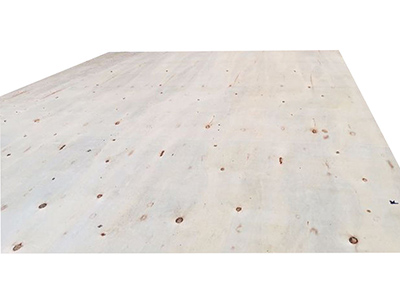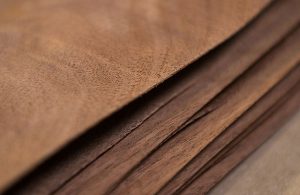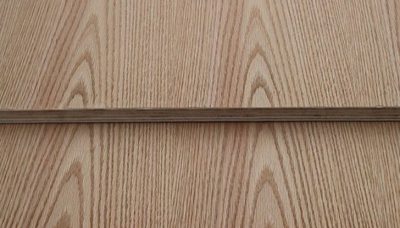

Glue for veneer
When selecting the best glue for veneer, the choice largely depends on the specific application and the type of veneer being used. Here are some of the most commonly recommended adhesives for veneering:
-
PVA (Polyvinyl Acetate) Glue
- Advantages: PVA glue, also known as white glue or wood glue, is widely used because it’s easy to apply, has a long open time, and dries clear. It’s excellent for woodworking projects where the veneer is applied to a porous substrate like wood.
- Disadvantages: It’s not waterproof and can be susceptible to moisture, making it unsuitable for outdoor applications or areas with high humidity.
-
Urea-Formaldehyde
- Advantages: This type of glue offers a very strong bond and is highly resistant to heat and moisture once cured, making it ideal for areas that may be exposed to moisture or high temperatures.
- Disadvantages: It has a shorter open time than PVA, which can complicate the application process. It also requires careful handling due to its formaldehyde content, which can be harmful.
-
Epoxy Resin
- Advantages: Epoxy provides a very strong and durable bond, and it is resistant to both moisture and chemicals. It’s suitable for non-porous surfaces and can be used in a variety of demanding applications, including outdoor environments.
- Disadvantages: Epoxy can be more difficult to apply due to its two-component system (resin and hardener) and generally has a shorter open time. It’s also more expensive than other types of glue.
Selecting the right glue for veneering depends on factors like the type of veneer, the substrate, environmental conditions, and specific project requirements. For general woodworking where ease of use and availability are important, PVA glue is often sufficient. For more demanding conditions or specialized applications, consider urea-formaldehyde, epoxy, or contact cement based on the specific needs of your project.
Before starting your veneering project, it’s a good idea to test the adhesive on scrap materials to ensure compatibility and satisfactory results.
DESCRIPTION
In today’s furniture industry,veneering has become a kind of mainstream applications after development for decades,espeially in the fields of plate-type furniture&composite solid wood furniture.
Meanwhile,today’s veneering materials have also developed to varieties of textures which can just compare with the solid wood products.Veneering is no longer low-end orientation,but becoming a new popular application for furniture manufacturing.


Since the very beginning,WINLONG have been always paid close attention at the market changes and customer demands,helping to provide the most suitable products and glue solutions for the industry.
Therefore WINLONG has developed specific glue solutions for veneering,to solve the problems and provide a perfect appearance,quality and the safety of home environment.
PRODUCT INFORMATION
Note:The information on this page is based on the test results of our laboratory, if you need help, please contact our technicians.

